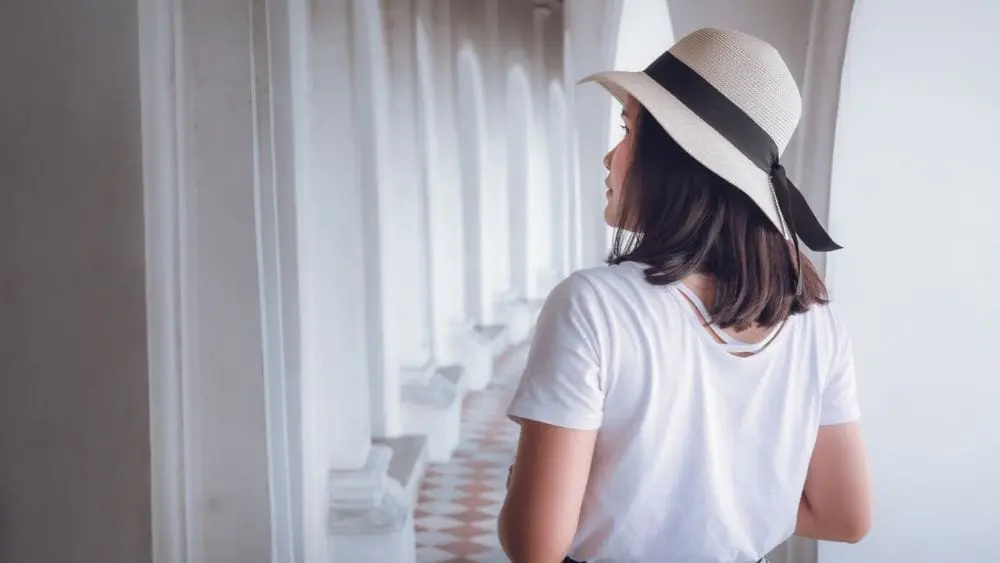
Buyers encounter many pros during the new homebuying process — builders, architects and engineers — most of whom are likely to be men.
But it’s women who tend to make decisions about the specifics of the home a family buys (according to this article and this one and this one about women consumers, to name a few).
That’s why women tend to appreciate home designs that benefit the whole family and those that are customizable for a family’s needs.
For example, Debbie Biondi and her husband looked at a home plan for Reynolds Farm, an h.a. Fisher Homes community in North Kingstown, R.I.
“There was a kitchen sink in the island,” Biondi says. “What I imagined was having a big, six-foot long island for entertaining. I didn’t want a sink in the middle of that.” She says the builder redesigned the plan to accommodate her.
Pilar Rodriguez and her husband purchased a home from women-centric builder Raymus Homes, based in Manteca, Calif.
She appreciated how the builder thought about a mom’s perspective, with one feature in particular: “The home comes with motion-sensor lighting in the bathroom, which is very convenient if you have kids who forget to shut the lights off in the bathroom.”
Building for Women
Both h.a. Fisher Homes and Raymus Homes utilize a unique approach to building that focuses on women. This women-focused approach comes from Woman-Centric Matters! — a Design Basics method to home design created by Paul Foresman and his colleagues.
Foresman is vice president and director of business development for Design Basics, an Omaha, Neb.-based home plan company that designs and sells plans to homebuilders and consumers.
He cites a Forbes article about women consumers as a catalyst for him and his colleagues to conduct focus groups that confirmed women as decision makers in the household. They began to look at the homebuilding process through a woman’s eyes.
“It might be Saturday morning, 10 o’clock and I’m in Lowe’s,” Foresman says. “I’m picking up a new faucet. I might be the one taking it out of the store and swiping my credit card. But what Lowe’s seemed to understand was (that) on Thursday my wife was in there picking out which faucet I was going to replace in the sink.”
Design Basics owns the Woman-Centric Matters! program and has agreements with homebuilders in about 15 states and one in Canada to use their plans.
These builders often use Design Basics’ client questionnaires called Livability at a Glance, which helps the builder understand what the buyer wants in terms of entertainment, storage, areas to de-stress and flexible living spaces; and Finally About Me, which identifies the personality of the buyer, specific characteristics which, in turn, often influence a woman’s preferences in home design and building product choices.
Hugh Fisher of h.a. Fisher Homes in Warwick, R.I., adopted Woman-Centric Matters! during the housing downturn. He found that the program resonated so well with buyers that he was selling homes when many of his competitors were not.
Sarah Fisher, vice president of marketing and design at h.a. Fisher Homes, and Hugh Fisher’s daughter, explains: “Women-centric design is just great design that women intuitively get and men appreciate.”
Laurin Sephos, sales and marketing manager at Raymus Homes, agrees. “You really never know what you want until you’ve lived in it,” she says. “I think the woman-centric approach helps people think about what they don’t like about where they live right now and how they can get that situation resolved in their next home.”
So, What Do Women Want?
A popular woman-centric feature is the “drop zone.” Hugh Foresman says their focus groups revealed moms with young kids found that getting the entire family out the door on time in the morning was stressful.
The drop zone is an area between the garage and kitchen with shelves, cabinets, a bench to take off shoes, slots for mail, even lockers for jackets. Backpacks, shoes, keys, cell phones, brief cases and the like can all be dropped in one place, which means a lot less hunting for stuff in the mornings. And there’s less clutter spilling over into the kitchen.
Another popular option is having the washer and dryer upstairs near the bedroom or in the master suite. Clothes come out of the dryer and go into the bedroom closet, which means no more lugging laundry up and down stairs.
Terri Marks, owner of Providence Homes in Overland Park, Kansas, doesn’t market her company as women-focused, but feels that as a woman builder and Realtor who has consulted with numerous buyers on what they want, the woman focus comes naturally.
“Hiding the appliances helps, so I put doors on an area of my kitchen — the coffee bar or breakfast bar — where I can have the toaster and coffee pot convenient and out of sight,” she says.
Another feature women appreciate in their homes is a walk-in pantry with a dry erase board, so “when they run out of things they can make a grocery list.”
Women homebuyers are not the only decision makers when it comes to purchasing a home, but they do play a significant role in the type of home a family will purchase.
Women are often interested in home features that are beneficial for the family as a whole, so builders who utilize a women-centric view of building will benefit in the long run.
 Your Ultimate Kitchen Countertop Selection Guide
Your Ultimate Kitchen Countertop Selection Guide